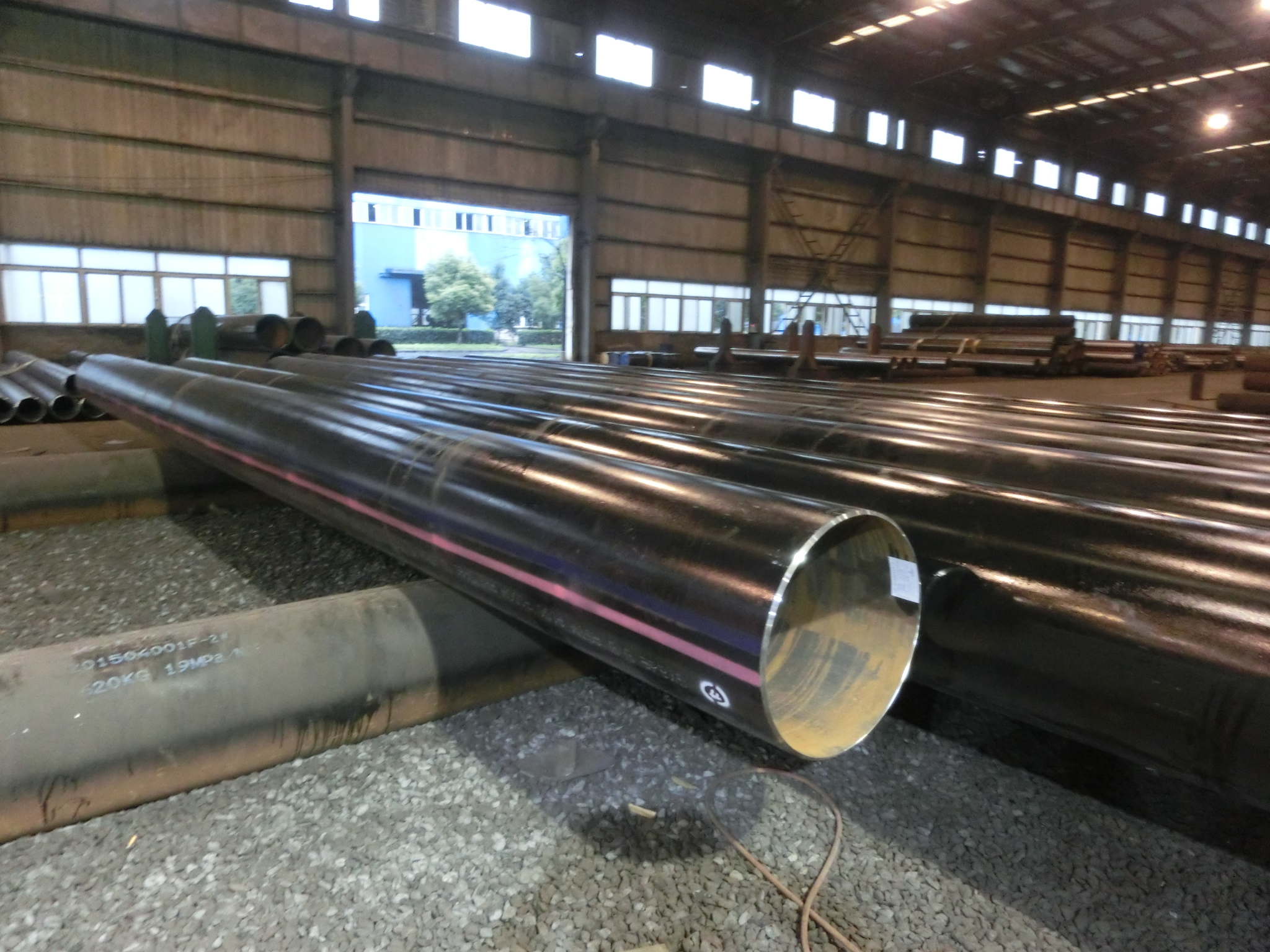According to the report of the Physicist Organization Network on January 20 (Beijing time), scientists at the Massachusetts Institute of Technology (MIT) have recently developed a solar thermal photovoltaic (STPV) system, in which the heat generated by a high-temperature material in the system will Collected by photovoltaic cells, the new system not only uses more sunlight, it also promises to make storage of solar energy easier. The study was published this week in the journal Nature Nanotechnology. One of the leaders of the research, Evrin Wang, an assistant professor of mechanical engineering, explained that traditional silicon-based solar cells “cannot use all the photons,†because if one wants to convert the energy of one photon into electricity, photon energy levels are required. Matching the energy level of the bandgap of the photovoltaic material, although the bandgap of silicon matches with many wavelengths of light, there are also many mismatches. To solve this problem, they inserted a two-layer absorption-release device between sunlight and photovoltaic cells. The device consists of carbon nanotubes and photonic crystals. The outer surface of the device is facing the sunlight. It is a row of multi-wall carbon nanotubes. It can effectively absorb sunlight and convert it into heat. When this heat heats the photonic crystal to which it is attached, the photonic crystal will "Emitting" light, the highest density of this light almost coincides with the band gap of the photovoltaic cell, which ensures that most of the energy collected by the absorber can be converted into electricity. Traditional silicon-based photovoltaic cells have theoretical limits on energy conversion efficiency (Shockley-Quayser limit), and their photoelectric conversion efficiency is as high as 33.7%. The solar thermal photovoltaic power generation system that emerged several years ago "can significantly increase efficiency, and the ideal situation may exceed 80%." However, this idea encountered many obstacles in the experimental process. The conversion efficiency of the previous STPV equipment was less than 1%, and the conversion efficiency of the latest STPV equipment was 3.2%. The researchers said that with the further progress of the research, it is possible to reach 20%, and commercial production will be possible by then. Since the absorption-release device of this system operates on high temperatures, its size is critical: the larger the object, the smaller the ratio of surface area to volume. Therefore, the larger the size, the faster the heat loss decreases. The test was performed on a 1 cm chip and later on a 10 cm chip.
Yangzhou
Chengde (YC) is one of the best pipe manufacturers in the world, and the
production diameter from 8" to 48" in OD and wall thickness from 9.53 mm up to
140mm. We can produce all the carbon steel pipes according
to the ASME, ASTM and EN standards, Such as the 106B/C steel pipe,GR.6 steel
pipe,S235JRH steel pipe,S275J0H steel pipe,S275J2H steel pipe,S355J0H steel
pipe,S355J2H steel pipe,E355 steel pipe,P235GH steel pipe and P265GH steel
pipe.
YC has been
granted a number of approval certificate by international institutions, such as
Nuclear pipe certificate, 914mm Cylinder certificate, API monogram and
certificate, ISO9001 by TUV NORD, ISO14001/OHSAS18001 by CQC, approvals from
Shipping Classification Bureaus like DNV, RINA, ABS, Lloyd, GL, Bureau Veritas,
and permit of exporting to Europe as PED 2014/68/EU and AD 2000 certificates
for pressure pipes, CPD (Construction Products Directive), etc.
Carbon Steel Pipe,Seamless Carbon Steel Pipe,Nuclear Steel Pipe,Carbon Steel Tube YANGZHOU CHENGDE STEEL PIPE CO.,LTD , https://www.chengdepipe.com